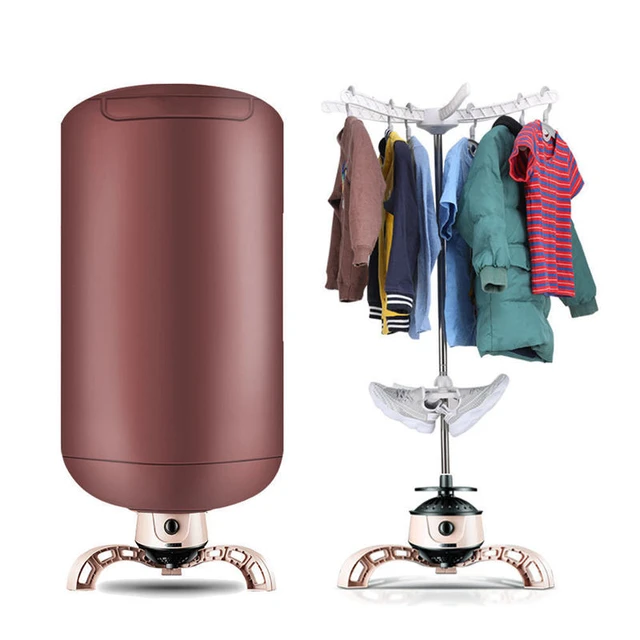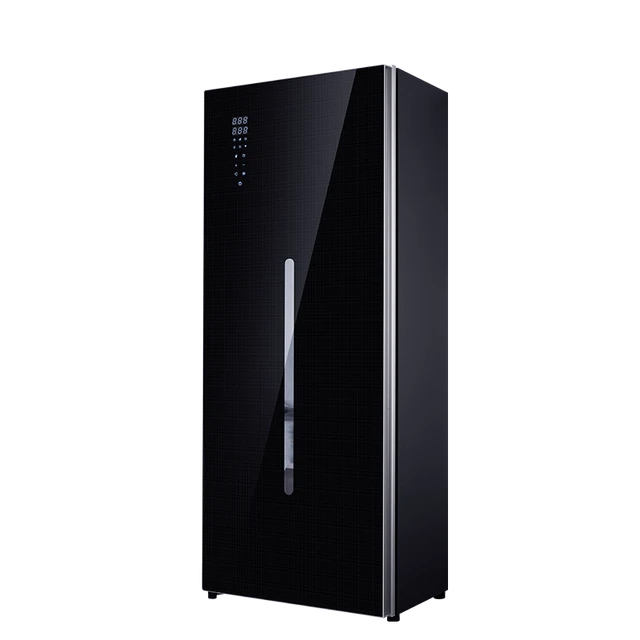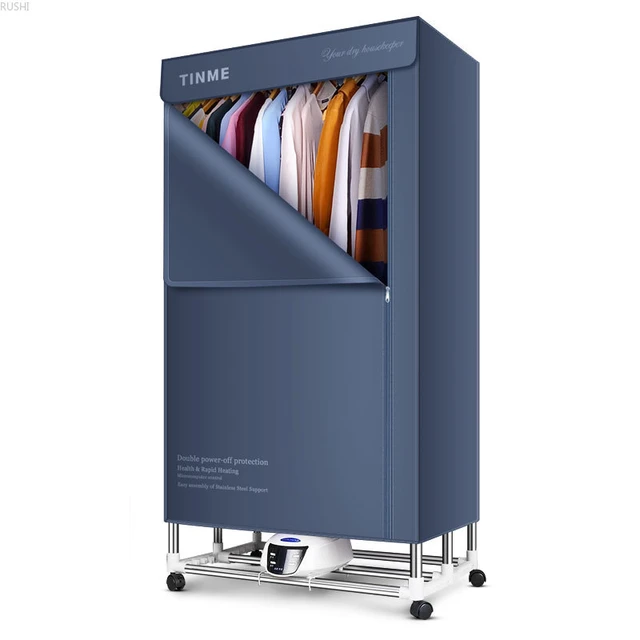Introduction
A squeaking noise coming from your dryer can be disruptive and concerning. While there could be various reasons behind the sound, it is important to address it promptly to prevent further damage and ensure the dryer’s optimal performance. In this comprehensive guide, we will explore different factors that may cause a squeaking noise in your dryer. From inspecting the drum rollers and belt to lubricating relevant components, we will provide specific troubleshooting steps to help you resolve the issue and restore quiet operation to your dryer.

Solving a Squeaking Noise in Your Dryer
I. Identifying the Squeaking Noise
-
Determine the Source:
- Begin by locating the area from which the squeaking noise originates. Is it coming from the front, back, or inside the dryer? Pay attention to the frequency and intensity of the sound to help isolate the cause.
-
Temporary Squeaking:
- If the squeaking noise occurs intermittently or only during specific cycles, it could be related to load imbalance, loose items in the dryer drum, or other temporary factors. Focus on persistent and continuous squeaking noises for a thorough evaluation.
II. Drum Rollers
-
Locate Drum Rollers:
- Drum rollers are small wheels that support the dryer drum and allow it to rotate smoothly. They are typically located at the back or front of the dryer, either on the bulkhead or the dryer’s cabinet.
-
Examine for Damage:
- Inspect the drum rollers for signs of wear, damage, or misalignment. Look for any flat spots, cracks, or excessive play in the roller shaft. Damaged or worn drum rollers can cause friction and produce a squeaking noise.
-
Lubrication:
- For damaged or dry drum rollers, applying lubrication can help alleviate the squeaking noise. Use a high-temperature lubricant such as lithium grease or silicone-based lubricant. Follow the manufacturer’s instructions and apply the lubricant to the roller shaft, ensuring it reaches the bearings. Rotate the drum rollers to distribute the lubricant evenly.

III. Drive Belt
-
Access Drive Belt:
- To access the drive belt, detach the dryer’s access panel or remove the dryer’s front or back cover, depending on your model. Refer to the user manual or online resources for instructions specific to your dryer.
-
Inspect the Belt:
- Carefully examine the drive belt for signs of wear, fraying, or damage. A worn or damaged belt can cause the dryer’s drum to become misaligned, resulting in a squeaking noise. If necessary, the belt may need to be replaced. Consult the manufacturer or a professional technician for assistance.
-
Adjust and Align the Belt:
- Ensure that the drive belt is properly aligned and in the correct position on the drum, motor pulley, and tensioner pulley. Misalignment can lead to friction and the subsequent squeaking noise. Adjust the belt as needed to align it properly.
IV. Idler Pulley
-
Locate Idler Pulley:
- The idler pulley maintains tension on the drive belt, ensuring proper drum rotation. It is typically located near the motor assembly or belt tensioner.
-
Inspect for Wear or Damage:
- Examine the idler pulley for signs of wear, such as flat spots, cracks, or excessive play. Damaged or worn idler pulleys can cause misalignment and create a squeaking noise.
-
Lubrication:
- Apply a small amount of lubricant to the idler pulley’s shaft to reduce friction and prevent squeaking. Use a high-temperature lubricant suitable for dryer components. Rotate the idler pulley to distribute the lubricant evenly.

V. Additional Components and Maintenance
-
Drum Glides or Pads:
- Some dryers have drum glides or pads that provide support and reduce friction between the drum and the dryer housing. Inspect these components for wear, damage, or misalignment. Replace or reposition them as needed to eliminate any rubbing or squeaking noises.
-
Leveling and Stability:
- Uneven or unstable dryer positioning can lead to unusual noises during operation. Ensure that your dryer is level on the floor and stable. Adjust the dryer’s feet or use leveling pads if necessary to minimize vibration and noise.
-
Regular Cleaning:
- Routine maintenance, such as cleaning the dryer’s interior and components, is essential for preventing debris buildup and reducing the risk of squeaking noises. Regularly remove lint, dust, and other obstructions from the drum, motor, and ventilation system.
VI. Professional Assistance
-
Manufacturer or Authorized Technician:
- If you have followed the troubleshooting steps and the squeaking noise persists, consider contacting the manufacturer or an authorized technician for further assistance. They have the expertise and specialized tools to diagnose and address complex issues with your dryer.

Can dryer noise be reduced with acoustic foam?
Acoustic foam can help to reduce some of the noise associated with dryers, but its effectiveness may vary depending on the specific situation.
Dryers generate noise from the rotation of the drum, the movement of clothes, and the operation of motors and fans. Acoustic foam can absorb and dampen some of these noises, reducing their intensity and minimizing echoes or reverberations in the room.
To effectively reduce dryer noise with acoustic foam, consider placing it strategically in areas where noise is likely to bounce off and reverberate, such as on the walls surrounding the dryer or on nearby surfaces. This can help to absorb and muffle the soundwaves, creating a quieter environment.
However, it’s important to note that dryers also emit noise through the venting system, which can be more challenging to address with acoustic foam alone. In these cases, ensuring proper installation and maintenance of the dryer’s venting system can help to minimize noise.
Additionally, using a vibration isolation pad or mat under the dryer can help reduce vibrations transferred to the floor, which may also contribute to noise.
While acoustic foam can provide some noise reduction benefits, it may not completely eliminate all the noise generated by a dryer. If excessive noise persists, it may be worth consulting with a professional or contacting the manufacturer for further advice on noise reduction techniques specific to your dryer model.

VII. Conclusion: Restoring Quiet Operation to Your Dryer
By following these specific troubleshooting steps, you can effectively address and resolve the squeaking noise in your dryer. From inspecting and lubricating drum rollers and pulleys to examining the drive belt and other components, each step plays a vital role in identifying and remedying the cause of the noise.
Regular maintenance, such as cleaning, leveling, and stability checks, will help prevent future noise issues and ensure your dryer operates quietly and efficiently. If the problem persists or if you are unsure about performing any troubleshooting steps, it is recommended to seek assistance from the manufacturer or a professional technician.
With proper attention and care, you can ensure that your dryer remains in optimal condition, providing you with quiet and reliable performance for all your laundry needs.




